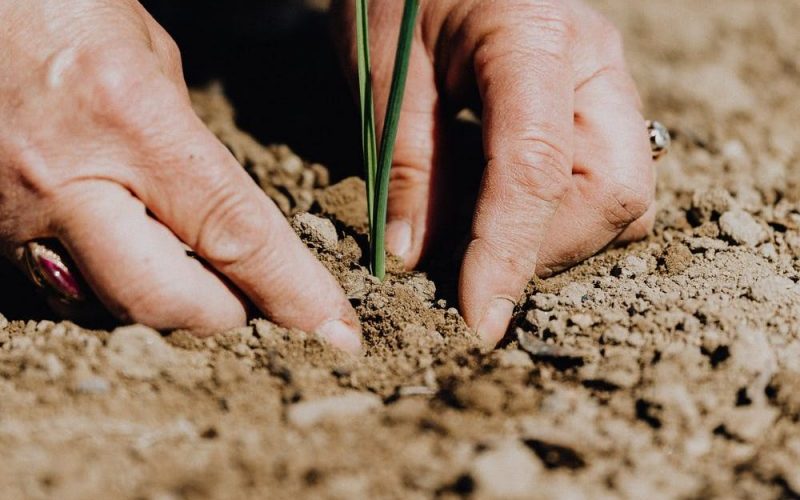
Claying has become a vital amelioration tool within the Great Southern region on WA, where the soils are typically sandy, low in organic matter and have a prevalence for non-wetting issues. Claying has shown to be most effective at increasing yield performance on sandy duplex soils, where the clay is incorporated in to soils with an extremely high sand percentage in the top 30-50cm of the soils profile, to lift the overall clay content within crucial area of the soil profile. However, there is an increasing desire form farmers to investigate the potential for claying to increase yield potential and alleviate non-wetting issues on other soil types such as the forest gravels and loamy sands common to this area.
Claying as an amelioration technique is the process of adding clay enriched (>20%) subsoil into clay deficient and water repellent topsoils. Claying topsoils reduces repellence, water and wind erosion risk, increases water holding capacity, and has the potential to increase organic matter.
The best practice for alleviating non-wetting and repellence issues is to target a clay fraction of 5% clay in the topsoil. However, there are quite a few variables that impact the ability of a grower to achieve this benchmark. Firstly, it is unlikely that a paddock has a consistent soil type, let alone a consistent soil texture. To establish how much clay a grower should spread to achieve the best practice benchmark, you need to know three key details:
- What is the current clay percentage in the soil?
- What is the clay percentage in the product you plan to spread?
- What depth will you incorporate the clay in the soil?
To determine your current soil’s clay percentage, you need to take soil samples from a representative area in the paddock and to the planned depth of clay incorporation. Ideally, growers would take multiple soil samples within the paddock at different depths to your target incorporation depth.
You then need to determine the percentage of the clay fraction of the “clay” you are going to spread. “clays” can range anywhere from 15 to 40%, which will significantly impact the amount of clay that need to be applied to achieve best practice results.
Lastly you need to determine what implement you will use to incorporate your clay, and to what depth that will incorporate the clay too? Implement selection will ultimately be based around what the farmer has available to them, and what the desired outcome of the claying is. For example if you are looking to alleviate non-wetting then it is unlikely that you will need to incorporate your clay as deep as you would if you were looking to improve water holding capacity.
Once you have selected your implement and you know your incorporation depth you can use the following formula to determine how much clay is required to shift your top soil form its current clay % to 5% clay.

